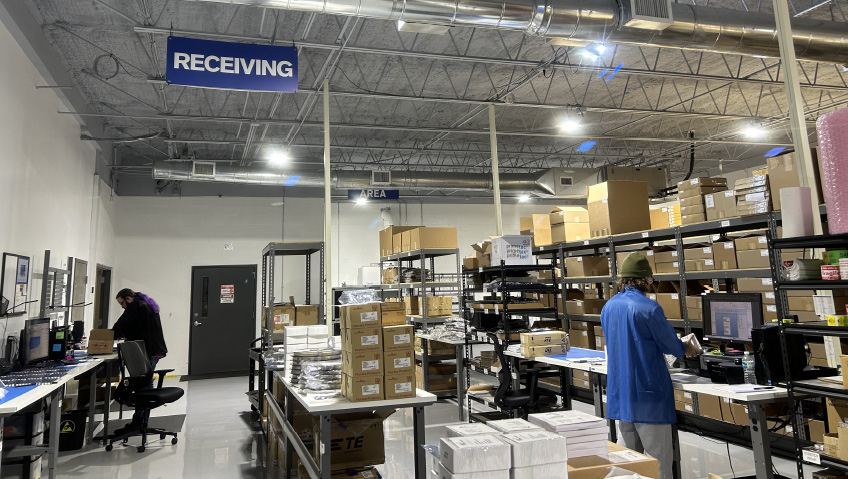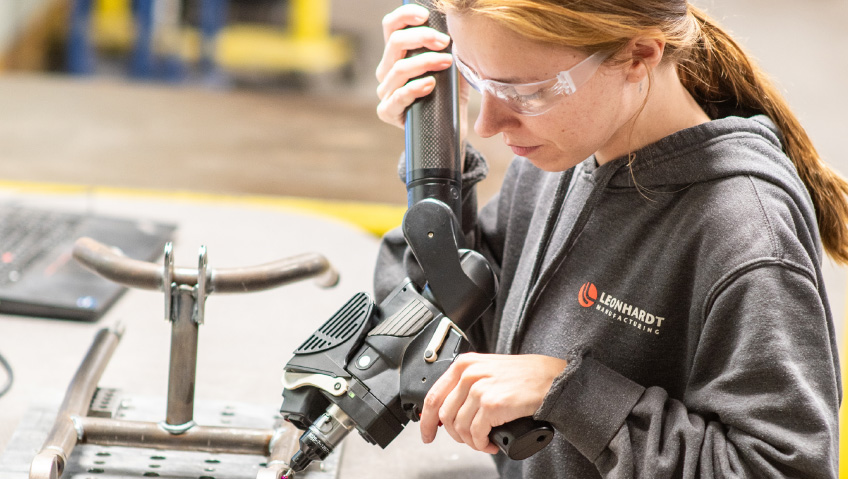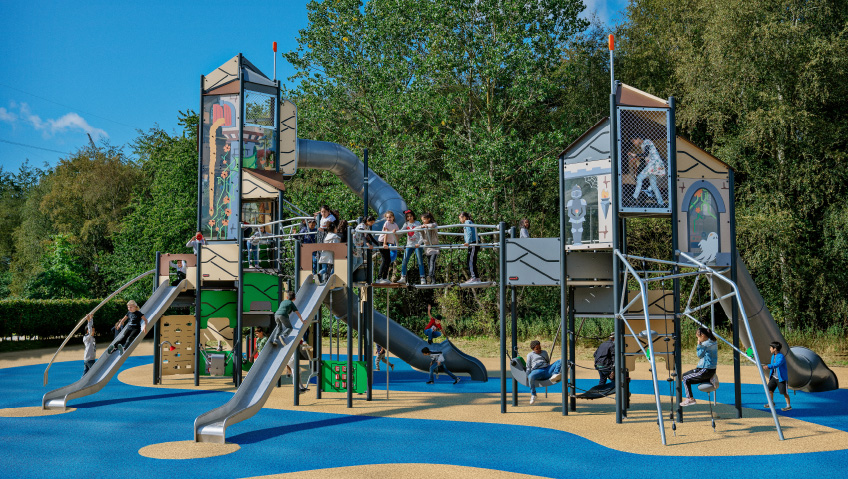Vector Controls and Automation Group (Vector CAG) is an established representative, distributor, service and solution partner for several manufacturers. The company was born on March 6, 2013 from a concept that took two years to fully realize after President and Managing Partner Jared Boudreaux, having worked for Endress+Hauser, working with their leadership and consultants to consolidate representatives in the market and geography.
Boudreaux investigated the possibility of combining companies in the Texas, Oklahoma, New Mexico, Missouri, and Kansas markets and achieved enough outside financing to purchase six companies to combine them into one entity. He admits that there were multiple identities and cultures and every company wanted to be at the forefront. Thankfully, all were able to rally around a singular brand and identity, and within the first few years, the new brand and model proved to be effective.
This would become Vector CAG, and although how the entity as originally designed was not the original goal, it has become central to the company’s success, culture, and identity.
In determining what they would do differently in the market, the team aligned with key manufacturing partners like Endress+Hauser, and sought to identify as a business that understands technical multi-industry applications. More than that, they sought to establish themselves as “a team of problem-solvers,” as Boudreaux defines it, filled with skilled engineers committed to a solutions and service mindset.
Service became and has become a key aspect of Vector’s identity and an area marked for growth; beginning with only one service engineer in the original six companies, the company now sports closer to thirty.
Over the past decade, Vector has aligned with over thirty industry partners. Endress+Hauser stands as both the flagship brand and the genesis of the company, being that it is the business that helped start the company. Both companies now reside on the same Houston campus.
In 2013, the company began with over one hundred manufacturing partners, which was a practice that Boudreaux realized was not sustainable. The first twenty-four to thirty-six months became about getting behind manufacturers that aligned with the Vector brand and saw growth opportunities within it; from there, the company was able to narrow the focus and move forward with both short- and long-term strategies.
As Vector continued with mergers and acquisitions early in its lifecycle, the team found power in communicating its story through both word-of-mouth and social media. The company, Boudreaux remembers, “didn’t have the horsepower of a corporate brand at the time,” as a hub company usually has a marketing department to help mergers happen smoothly but was able to tell its story through face-to-face client relations and now has grown to the point that it has adopted an effective engine for marketing.
He credits partners like Process Level Technology, Phoenix Contact, Brooks Instruments, Smith Analytical, and Endress+Hauser for staying aligned with Vector, as these relationships have made a difference to customers, establishing the company’s marketplace identity and inspiring confidence. These relationships are important to its continued success.
Boudreaux feels that a lot of companies can get wrapped up in only one industry or with a few specific customers. “Without diversification,” he notes, “we can’t go forward or grow,” so focusing on this in the last three to four years and making investments toward that goal has been of great importance so as not to simply rise and fall with the market’s tide.
Vector works with some core industries like oil and gas, food, water, and chemical, but is also investigating investing in emerging ones. Industries can be volatile, with large- and small-scale economic pressures and global implications, so the company focuses on what it can control. The industry is constantly growing, with consumer demand being a primary driver. Boudreaux explains that market share growth will be another constant focus, regardless of any kind of industry flux.
He indicates three major, regular challenges for the company: growth during uncertain times, adaptation to the speed of a customer’s business, and supply chain and labor constraints. Each of these areas has its unique aspects and are always being actively managed. The company is keen to focus on its diversification and market share, and most importantly, on selling its value-added services to take care of the lifecycle of a product or solution.
Boudreaux believes that the better Vector is at onboarding new people, the better it will be at having workers that understand every tool available to them. “Our people make the difference during uncertain times.”
Vector is still small enough to be flexible, meaning it does not take long for it to get a feel for or react to its customers’ needs. This became especially helpful in the initial year of the pandemic when many of its customers’ businesses were forced to fluctuate. By showing its flexibility, it earned the trust of its clients.
As for market constraints, the company stays in touch with its manufacturers and customers to understand the business climate and to avoid supply chain complications. Many manufacturers appreciated the approach of adjusting to client positions and to where the supply is, which allowed Vector to do unique things like order ahead of time without formal purchase orders. This led to better market share and further business, as its competitors were not able to pivot as well as it did.
Boudreaux cites the company winning the Top Workplaces – Houston for 2022 distinction in its fifth straight win in the category as personally meaningful, as it is an external signifier of a strong internal culture. One practice the company sticks by to benefit its workers is excluding non-compete contracts. “With non-compete agreements, we stop competing for our employees. We took a different approach and began to make ourselves more attractive as an employer to recruit and retain the best talent.” Vector also prioritizes work-life balance for its employees, especially after a fraught time in the industry like the one resulting from the pandemic.
He recalls how the team taught him a lot during that time about rallying around the common goal of survival and about the resilience and grit of the organization. “We treat team members like we treat our customers: respectful, sincere, flexible, and [encouraging] healthy challenges,” he says.
With respect to these healthy challenges, the company has gained a reputation both internally and with its partners for encouraging one another to constantly mark areas for growth and improvement. In the last few years, it has introduced a new pool of people to its veteran engineers and has put together a strong and efficient and rigorous onboarding process that has narrowed the typical settling-in window for new workers from two to three years down to three to six months. This has created an environment wherein, given the right tools, talented people can be generated to take on new positions while improving their skills and the output of the company.
As for the common customer question, ‘What else can you do for me?’ once Vector earns a customer’s business, their questions become more complex and the bar for the level of support is raised. This means that Vector must continue to raise its processes, infrastructure, and knowledge to further increase its value.
For the upcoming two to three years, the company will be focusing on its processes and infrastructure investments, with 2023 marked for adapting to incoming economic pressures.
This year marks the company’s tenth anniversary, and Boudreaux reveals that a banquet is planned in celebration. “When we have those functions,” he says, “It’s not about an entity or brand, it’s [about] celebrating the people… our people make the difference… individually, we’re good, but together, we can be great.” He forecasts that his team will come out with another record year and that big things are on the horizon for Vector CAG’s second decade.






